May 15, 2025 | 21:43 GMT +7
May 15, 2025 | 21:43 GMT +7
Hotline: 0913.378.918
May 15, 2025 | 21:43 GMT +7
Hotline: 0913.378.918
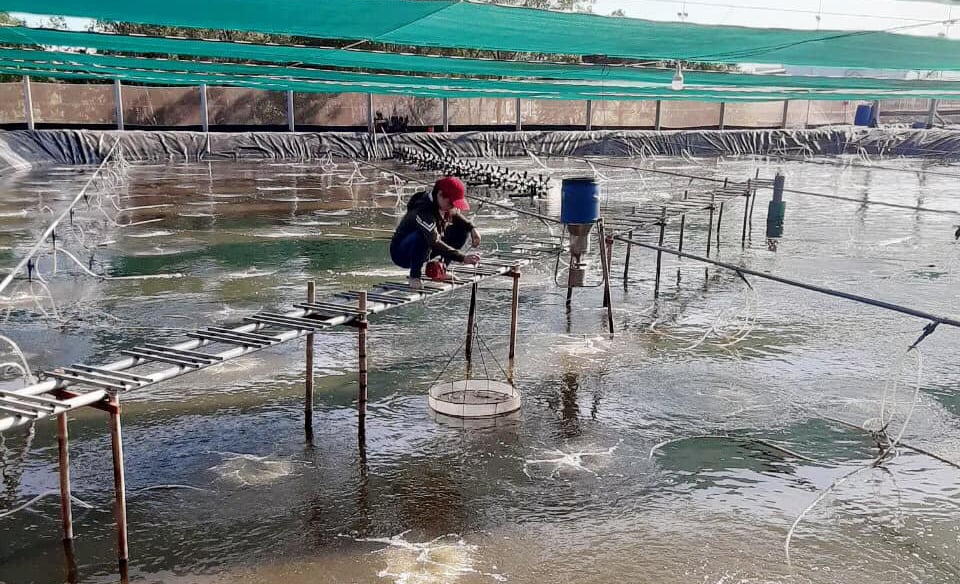
Aquaculture activities in some provinces in the Mekong Delta have been directly affected by climate change and saltwater intrusion in 2020. Photo: TL.
Endowed with favorable natural conditions, the Mekong Delta has great potential for aquaculture development.
The total area with potential of developing aquaculture in the region is about 1.3 million hectares, of which salt and brackish farming is about 886,000 hectares (accounting for 89% of the national potential area for brackish salt and brackish farming), freshwater culture is about 480,000 hectares (accounting for 52% of the national potential area for freshwater culture).
The total aquaculture production of the Mekong Delta accounts for over 70% of that of the whole country. Many local high-tech farming models have been implemented in the region and achieved positive results, significantly contributing to the socio-economic development of the region.
However, the Mekong Delta has been facing the harsh impacts of climate change in recent years. The phenomenon of sea level rise, heat waves, heavy rain on a large scale, strong thunderstorms accompanied by tornadoes, lightning, scarcity of freshwater... occur irregularly and widely in the provinces/cities in the region.
Meanwhile, the salt intrusion is getting more severe and the storms and floods appear more frequently and last longer.
Sea level rise has led to changes in the habitat of many marine and coastal species. The process of saltwater intrusion into the field is extensive and lasts longer, especially in coastal provinces such as Ca Mau, Bac Lieu, Soc Trang, Tra Vinh, Ben Tre, Tien Giang, and Long An, severely affecting the production activities and local lives.
According to data from the General Department of Water Resources and the National Center for Hydro-Meteorological Forecasting, the saltwater intrusion in the Mekong Delta in 2016 was assessed as the heaviest in the past 100 years (intruding up to 70 km deep from the estuary, even up to 85 km in some places). In mid-December 2019, saltwater invaded 40-50km inland, about 3-5km higher than in 2016. By March 2020, the 4g/l saline line penetrated 55-110km inland, 3-7km higher than the historical salinity year.
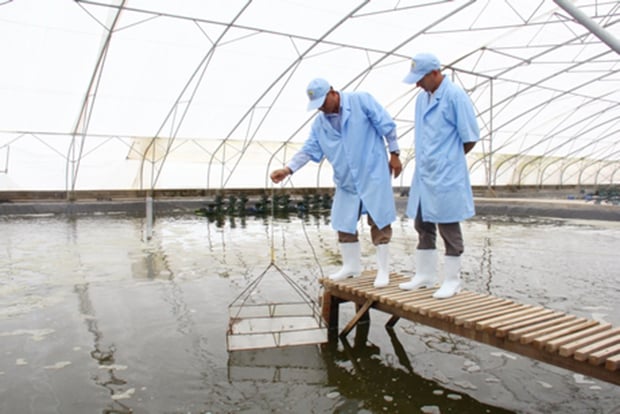
It is necessary to research, test, and breed aquatic varieties that are adapted to climate change and saltwater intrusion and suitable to the soil of the Mekong Delta. Photo: TL.
In 2020, aquaculture activities in some provinces and cities in the region, especially shrimp farming, were directly affected by climate change and saltwater intrusion.
Specifically, Ca Mau province recorded 2,161ha of damage, of which 2,138.75ha of black tiger shrimp, 17.06ha of whiteleg shrimp, 1ha of clams and 4.5ha of fish. Total damage is estimated at VND61,79,000,000.
Bac Lieu province has a total damaged area of 6,203ha, of which 4,455ha have damage level from 30-70% and 1,748ha over 70%. In Kien Giang province, 6,949.6 hectares of shrimp farming were damaged. Ben Tre province has an affected area of 1,890 ha, of which 1,476 ha of breeding intercropped giant freshwater prawns; 134 ha of pangasius intensive farming and 280 ha of Pangasius, catfish, sesame...extensive intercropped farming.
The total area of aquaculture in the area damaged by drought and saline intrusion in the 2019-2020 dry season is estimated at 17,203 hectares. The main reason is due to severe drought and salinity, sudden changes in environmental factors in ponds, affecting the health and resistance of shrimp.
Negative impacts from climate change and saltwater intrusion could be minimized with synchronous, drastic solutions and the participation of the whole political system.
Several solutions are suggested as followed:
Policy mechanism: Continue to review, amend and supplement the system of policies and laws on climate change response; integrate climate change-related investment programs and projects into annual regional and local socio-economic development plans and long-term development orientations for the Mekong Delta region;
Step by step build and complete concentrated farming areas, invest in water supply and drainage canal systems to create a driving force for aquaculture development; dredge existing channels, dig new, add sluices depending on the characteristics of each farming area as planned.
Upgrade irrigation works for production, especially invest in the construction of dams and belts to prevent salinity, prevent flooding, and regulate water supply for concentrated farming areas.
Production organization: Develop common production management regulations for improved extensive shrimp, shrimp - rice farming areas (stocking schedule, water supply, drainage...) at risk of being affected by intrusion salinity, ensure to minimize conflicts among households in the area that reduce stability in production.
Develop and deploy shrimp production models adapted to climate change suitable to each ecological region while evaluating and summarizing effective production models to adapt to climate change to widely introduce and instruct shrimp farmers.
The model of intensive and semi-intensive black tiger shrimp farming is recommended to raise only 01 crop/year, the model of intensive whiteleg shrimp stocked 2 crops/year. The time and density of stocking should be selected according to the seasonal schedule and recommended by the state management agency.
In coastal mollusk farming areas, it is necessary to review and re-evaluate the erosion status to organize farming and minimize risks caused by impacts of climate change.
Conduct researches, tests and breed aquatic varieties that are adapted to climate change and saltwater intrusion as well as suitable to the soil of the region. Farming technology combining intercropping with agricultural production should be promoted to improve the farming environment in aquaculture areas affected by climate change and salt intrusion.
Step up research into seed production technology for the major cultured species and those raised in the direction of fast growth, disease-free and salt-tolerant features.
Translated by Luong Huong
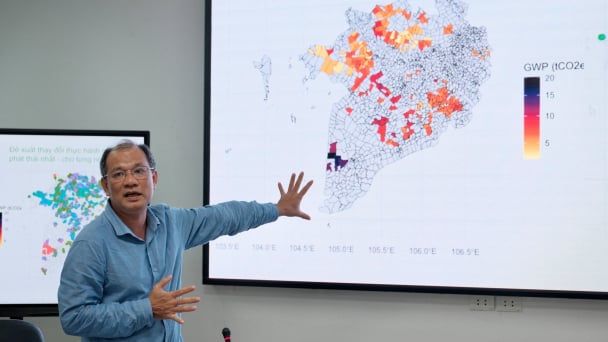
(VAN) Data from 10,000 farming households will help professionalize production organization and support the implementation of the One Million Hectares Program for High-Quality, Low-Emission Rice Cultivation.
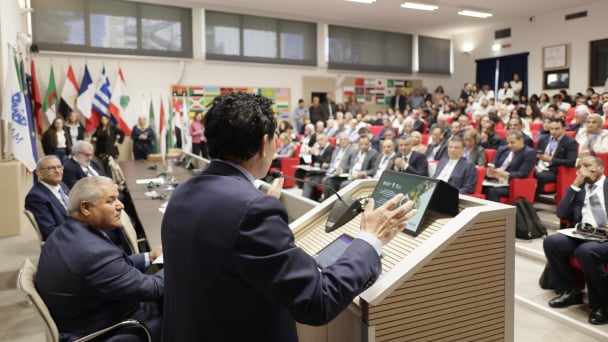
(VAN) FAO Director-General QU Dongyu marks International Day of Plant Health at NENA conference.
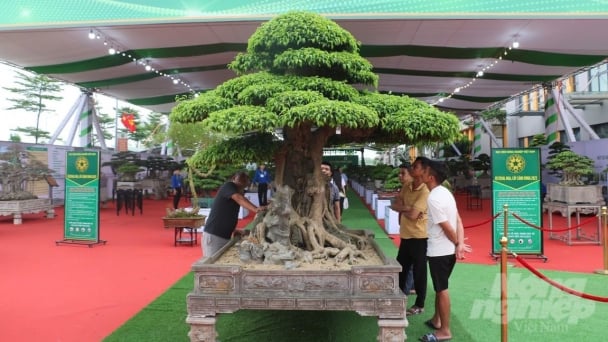
(VAN) Deputy Minister of Agriculture and Environment Hoang Trung affirmed that floriculture and ornamental plants are a growing industry that receives significant global attention.

(VAN) The three staple crops dominating modern diets – corn, rice and wheat – are familiar to Americans. However, fourth place is held by a dark horse: cassava.
/2025/05/10/4037-3-223011_495.jpg)
(VAN) Remote sensing technology is becoming an indispensable tool in monitoring resources, developing modern agriculture, and protecting the environment in Vietnam.
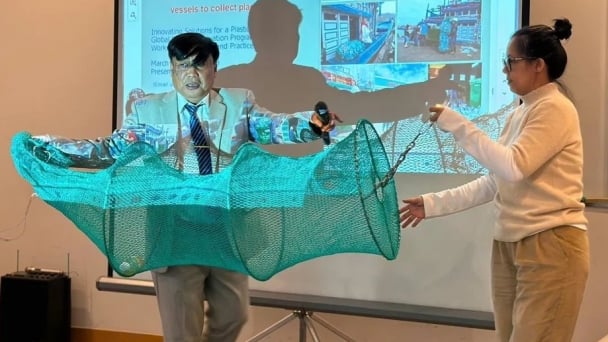
(VAN) The trash bag used on fishing vessels can withstand rough sea conditions, including level 8 to level 10 winds and waves. Notably, it can be hung anywhere on the boat.
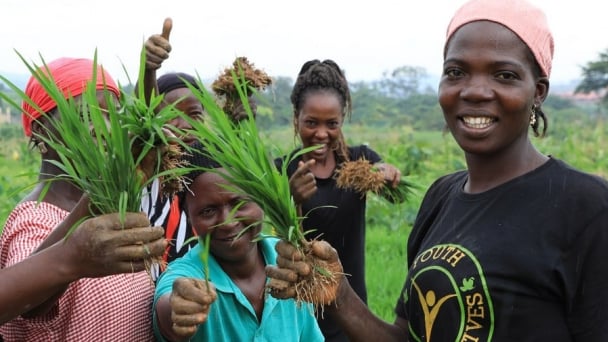
(VAN) African leaders launched the Kampala Declaration on Building Resilient and Sustainable Agrifood Systems in Africa, marking a bold step toward transforming the continent's agriculture.